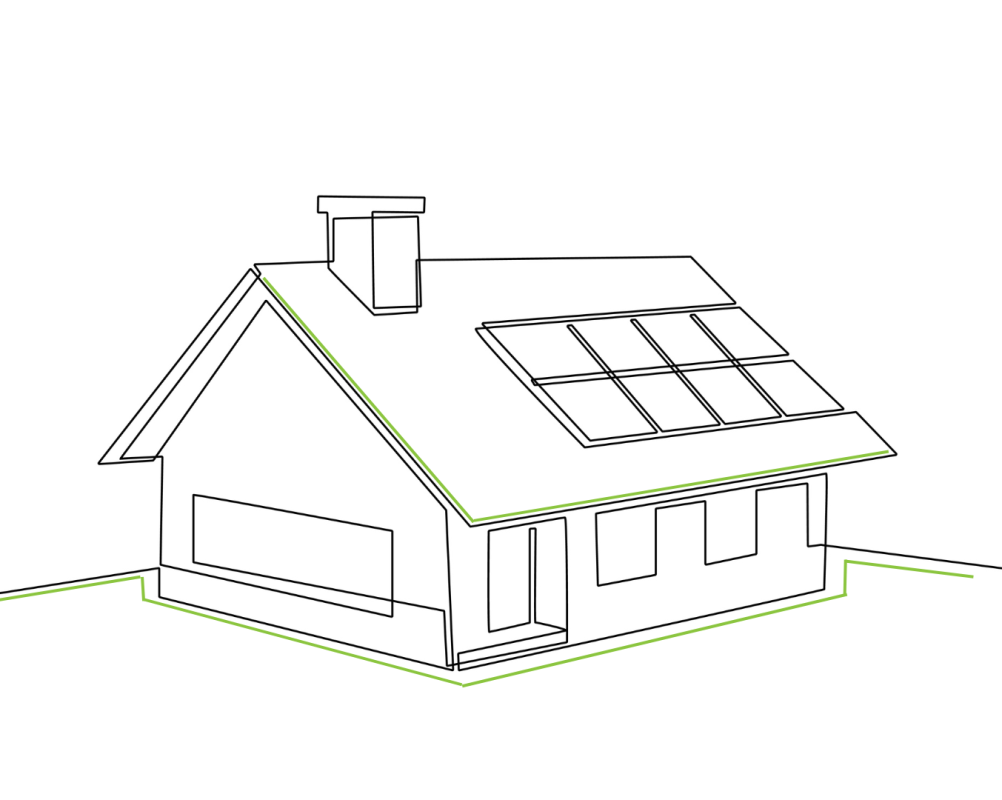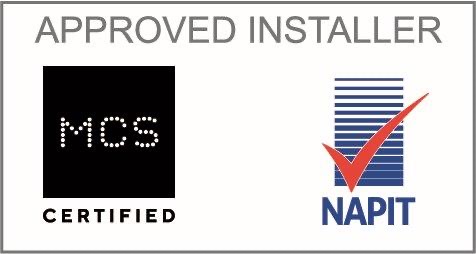Introduction to PAS 63100:2024: Ensuring Fire Safety in Battery Energy Storage Systems
Understanding PAS 63100:2024 – Protection Against Fire of Battery Energy Storage Systems
In this article, we aim to inform our customers about the new requirements set forth in PAS 63100:2024. By providing a detailed overview and practical insights, we help installers and homeowners navigate these crucial guidelines, ensuring safer and more efficient integration of BESS into domestic renewable energy systems.

What is PAS 63100:2024 About? PAS 63100:2024 addresses the critical issue of fire safety concerning Battery Energy Storage Systems (BESS), which are integral to domestic renewable energy setups. With an anticipated surge in BESS installations in homes, this standard aids installers in mitigating fire hazards associated with such systems.
Who is it For? This specification targets:
- Competent designers and installers of BESS within electrical installations for dwellings.
- Manufacturers of BESS components.
- Entities providing independent certification for BESS products, designs, and installations.
What Does it Cover? PAS 63100:2024 delineates fire safety prerequisites for small-scale BESS in domestic settings utilizing stationary secondary batteries for energy storage. It includes specifications for:
- Physical requirements for battery units.
- Battery management protocols.
- Power conversion equipment (PCE).
- Fault management and fail-to-safe operation of control and monitoring functions.
- Installation location and protection against fire.
Exclusions: This PAS excludes:
- Battery systems exceeding low voltage thresholds.
- Secondary batteries with limited capacity.
- Dwellings surpassing specific floor area limits.
- Transportation of batteries.
- Systems incorporating second-life batteries.
- BESS employing alternative storage methods.
- BESS in high-risk residential buildings.
- BESS connected before a distributor’s cut-out or a consumer’s meter.
Why use PAS 63100:2024?
- Risk Reduction: It diminishes the likelihood of batteries igniting in dwellings and minimizes the impact of potential fires, thereby enhancing safety.
- Installer Reputation: Adhering to this standard demonstrates an installer’s commitment to safety, bolstering their credibility with customers.
- Confidence and Reliability: Establishes a robust fire safety benchmark for BESS installations, fostering user confidence in system safety and reliability.
- Environmental Impact: Facilitates the optimal utilization of renewable energy technologies like solar PV systems, contributing to climate mitigation.
- Market Expansion: Provides a nationally recognized fire safety framework, enabling installers to tap into new markets.
- Risk Management: Strengthens risk management practices associated with BESS usage in residential settings.
What does this mean for the home owner?
- No batteries or inverters in difficult-to-reach or manageable places, meaning no lofts, habitable spaces, fire escapes, / walkways.
- Ideally, batteries would be on an outside wall or outside of a property and not close to existing doors or windows that may be used as fire escapes.
- If batteries are going into a garage or approved part of a property, then they need to have the correct enclosure and fire safety alarms in place.
There is strict guidance in place to protect consumers and make sure all products are installed to the correct standards.
The standards ensure that consumers and visitors to their property are safe in the unlikely event that a system does fail or develop a fault. The risk may be very low, but it is still not worth taking the chance. Please make sure any installer you are getting quotes from is following the rules for your own safety. Here at Callidus, we always make sure that we are following the correct protocols and regulations.














